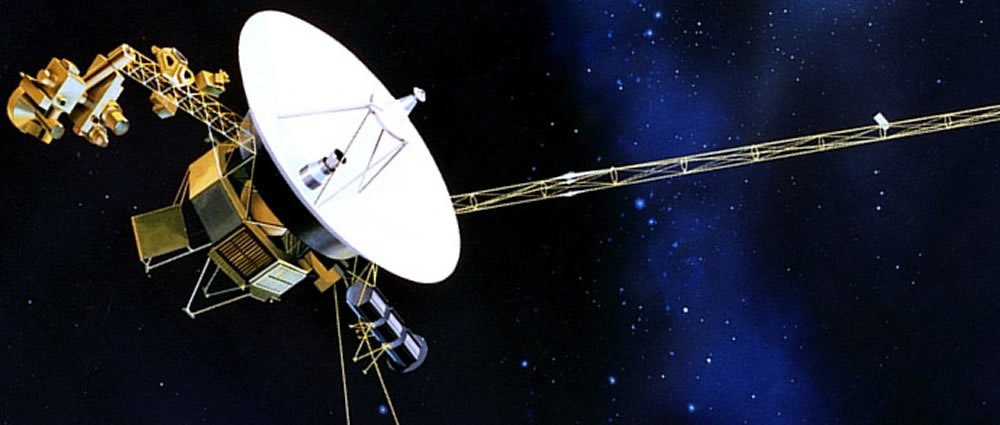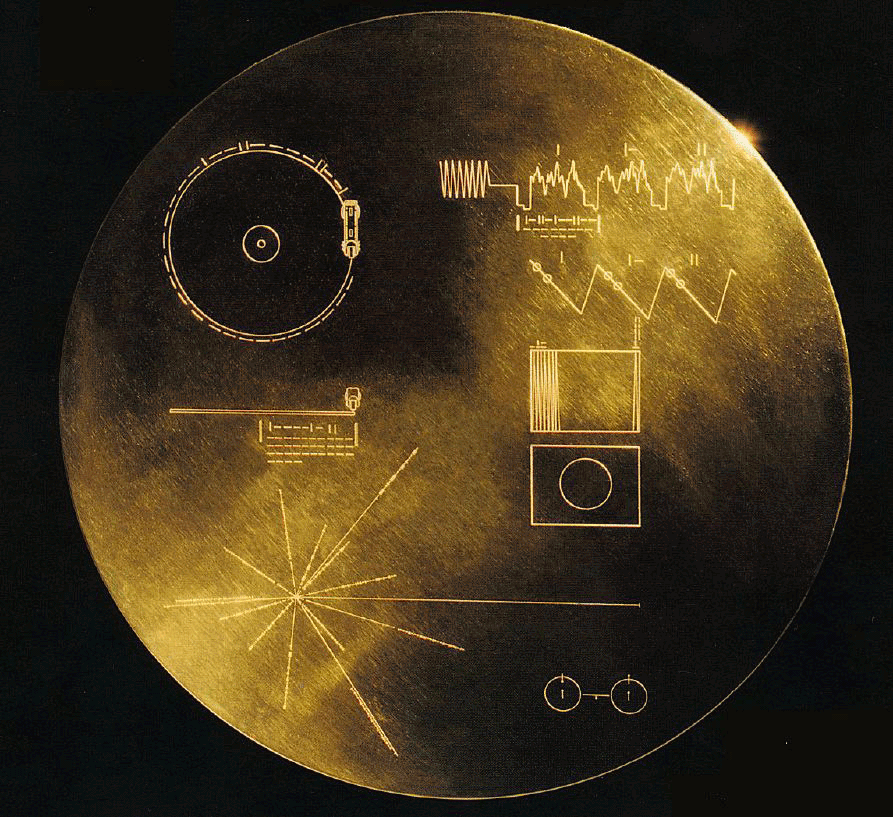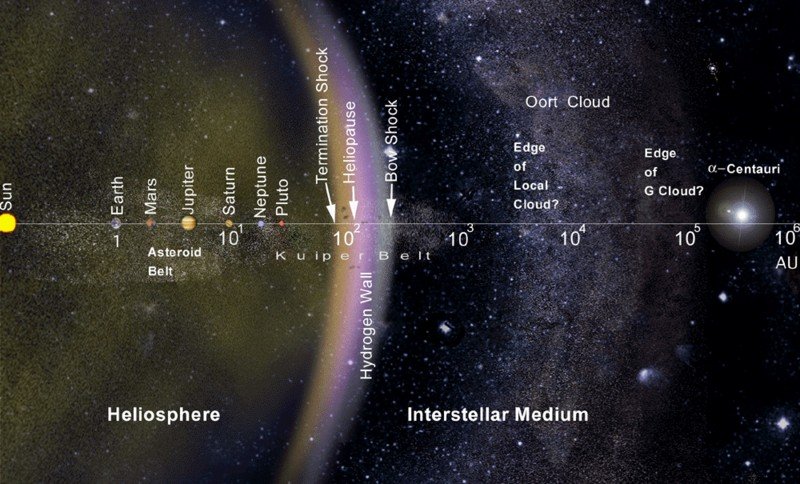Table of Contents (click to expand)
The farthest man-made object from the Earth is Voyager 1. It is a space probe that was launched by NASA on September 5, 1977 and has been in operation for the last 38 years. It is the first and only space probe that has entered interstellar space, which is the part of space that is free from the influence of a particular star. At a distance of 20 billion kilometers, it is the farthest spacecraft from Earth.
We humans have come very far technologically, scientifically, and philosophically, and far surpassed the limits that early humans could have ever predicted. The presence and passion of men and women is too powerful to be bound by the limits of our planet. Have you ever wondered about those footprints on the moon and what they signified? About those numerous satellites revolving around the earth, feeding information to your phone, your computer, and your TV? The boundaries to our reach are slowly expanding, which brings us to this question, “How much do we really know?”
Voyager 1 is, at present, the farthest man-made object from the Earth. It’s farther away from our planet than any other human creation. It is whizzing past the outer reaches of our Solar System, making it the farthest human footprint out there in the vacuum of space.
About The Probe

Voyager 1 is a space probe that was launched by NASA on September 5, 1977 and has been in operation for the last 38 years. It is the first and only space probe that has entered interstellar space, which is the part of space that is free from the influence of a particular star. At a distance of 20 billion kilometers, it is the farthest spacecraft from Earth.
The Planetary Missions
NASA began to work on missions to explore the outer planets in the 1970s. Their earlier mission, ‘Pioneer 10’, allowed them to redesign their probes to better suit the intense electromagnetic radiation in the outer Solar System. Out of this effort was born Voyager 1. Its primary mission objective was to gather information about Jupiter, Saturn and Pluto, but later, its course was altered to study one of Saturn’s moons, Titan, which took priority due to its viable atmosphere .
Jupiter: Voyager 1 began photographing Jupiter in January of 1979, and transmitted invaluable information about its moons, surrounding asteroids, rings, and other members of the Jupiter System. The Voyager space probe gave us information about Jupiter’s never-before-seen planetary rings.


Saturn: Voyager 1 made a gravity assist maneuver around Jupiter to encounter Saturn in 1980. The space probe’s cameras detected complex structures in Saturn’s rings. It also gave us sensitive information about Saturn’s atmosphere. The length of a day on Saturn was found to be 10 hours, 39 minutes, and 24 seconds. This is so low that the wind speed near the equator of this gas giant is almost 1800 kilometer per hour.

Titan: Voyager 1’s mission included a flyby of Titan, Saturn’s largest moon, which had long been known to have an atmosphere. Earlier exploratory probes had already piqued the interest around Titan by finding its atmosphere developed and complex. Titan’s mass was calculated by observing its effect on Voyager 1’s trajectory. Although the surface wasn’t visible at the safe distance of 6,400 kilometers, the information discovered about the atmospheric composition and temperature led scientists to believe that liquid hydrocarbons could exist on its surface.

The Titan flyby took Voyager 1 out of the plane of the ecliptic (the plane of planetary revolution around the sun), thereby ending its planetary science mission. Still uninterrupted, the mission for Voyager 1 was extended to reach the end of the heliosphere (the region of space that is directly affected the Sun’s radiation and gravity) and into interstellar space.
Also Read: Why Did Cassini Plunge Into Saturn?
Interstellar Travels
Voyager 1 took the first-ever portrait of the Solar System as seen from outside on February 14, 1990, which has become known as ‘the Family Portrait’. Soon afterwards, the cameras were deactivated to conserve power.

In 1998, Voyager 1 overtook Pioneer 10 as the most distant spacecraft from Earth, and continued traveling at about 17 kilometers per second. Its instruments continued to study the Solar System, namely directed to look for the ‘heliopause’, the boundary at which it would transition into interstellar space.

On September 12, 2013, NASA confirmed that it had in fact entered interstellar medium. As of October 2014, it takes 18 hours for a Voyager 1 transmission to reach Earth. NASA released audio recordings of the plasma waves encountered by the probe, which represented the first sounds to be captured in interstellar space.
You can check the current location and other mission updates of Voyager 1 here.
Also Read: How Are Unmanned Space Probes Guided Through Space?
Most Interesting Thing Onboard Voyager 1
On board Voyager 1 is a gold-plated audio-visual disc meant to act as a ‘message in a bottle’. The disc carries photos of the Earth and its ecosystem, scientific information, spoken greetings from the Secretary-General of the United Nations and the President of the United States. Greetings in 55 different languages, works by Mozart and Chuck Berry, along with various performances of indigenous music from around the world, are also included. The contents of the record were made available by NASA as part of the public record.

The Twin Space Probe
Voyager 1 was launched 16 days after Voyager 2, but due to its short trajectory, it was able to reach Saturn and Jupiter sooner than its counterpart. Voyager 2 is also expected to reach interstellar space in the near future and is currently moving at a velocity that is slower than Voyager 1. It is the only spacecraft to have ever visited either of the two ice giants, Neptune and Uranus. Before reaching interstellar space, Voyager 1 had a malfunction in one of the instruments that measures plasma radiation, due to which Voyager 2 will become the first spacecraft to send direct measurements of the density and temperature of the interstellar plasma.
The Future
Although Voyager 1 is not heading towards any particular system, the closest star it will approach is Gliese 445 in about 40,000 years. NASA says that “The Voyager is destined-perhaps eternally-to wander the Milky Way”. Another interesting fact is that it will remain the farthest spacecraft from Earth, given that it doesn’t collide with anything. The ‘New Horizons’ space probe will never overtake it, as it is traveling at about 15 kilometers per second, which is 2 kilometers per second slower than Voyager 1 and it is still slowing down. It is estimated that by the year 2025-2030, we won’t be able to power any of the instruments onboard. Voyager 1 would just be floating in Space eternally, without a purpose, except as a message in a bottle should any other extraterrestrial beings discover it somewhere in the far reaches of space!

How well do you understand the article above!

